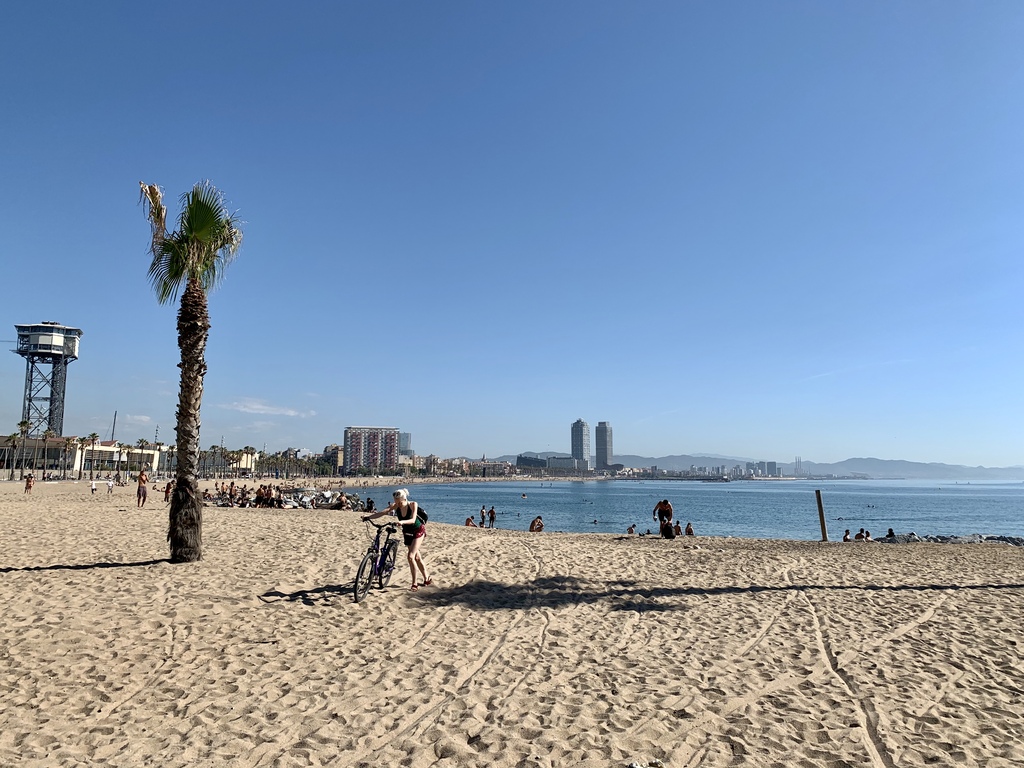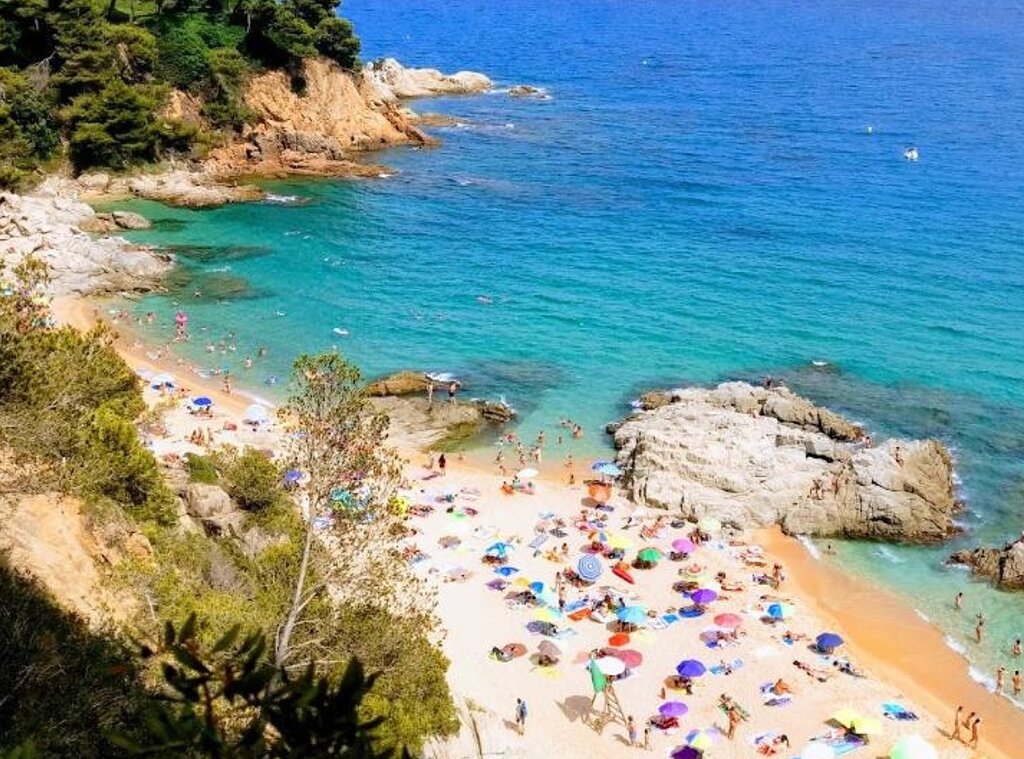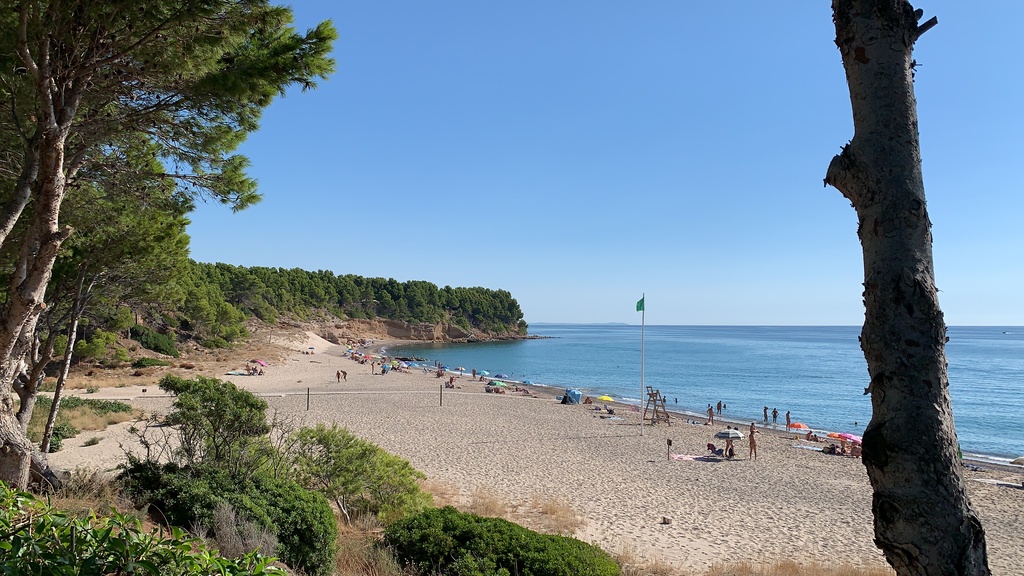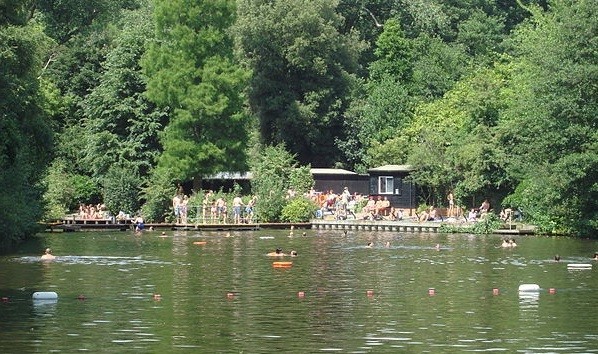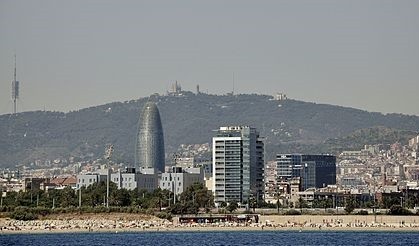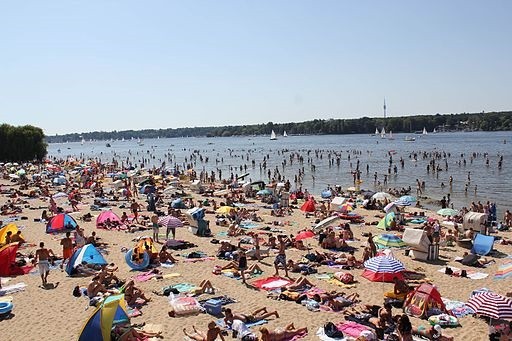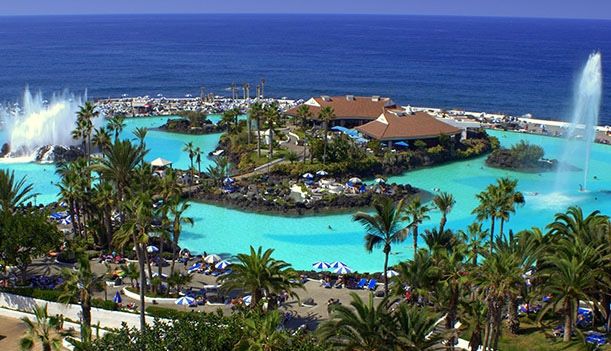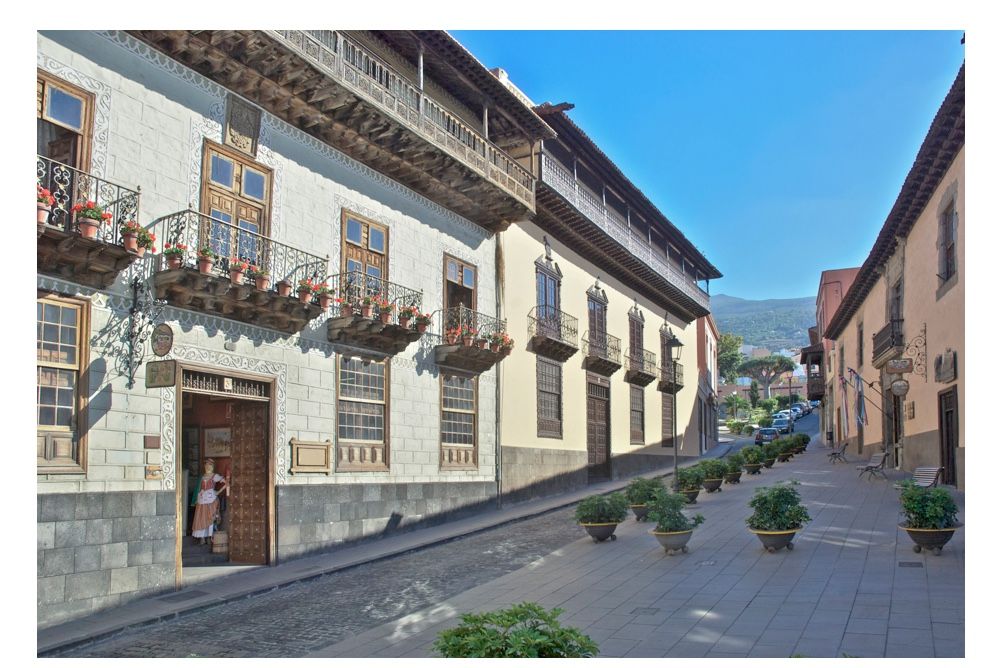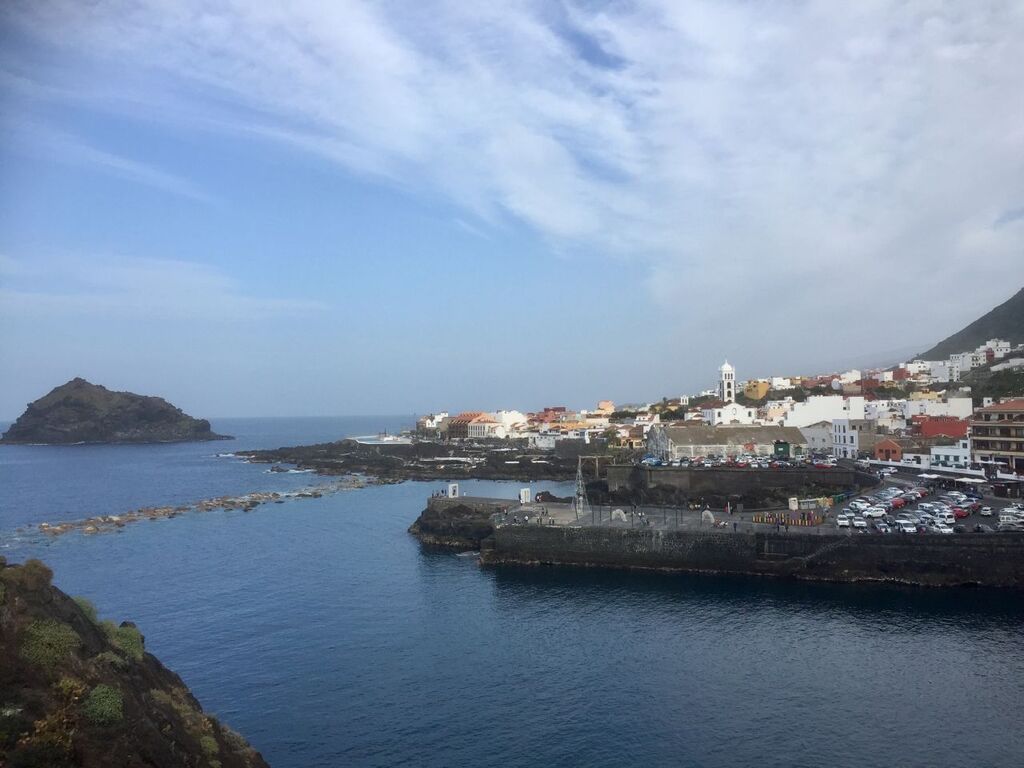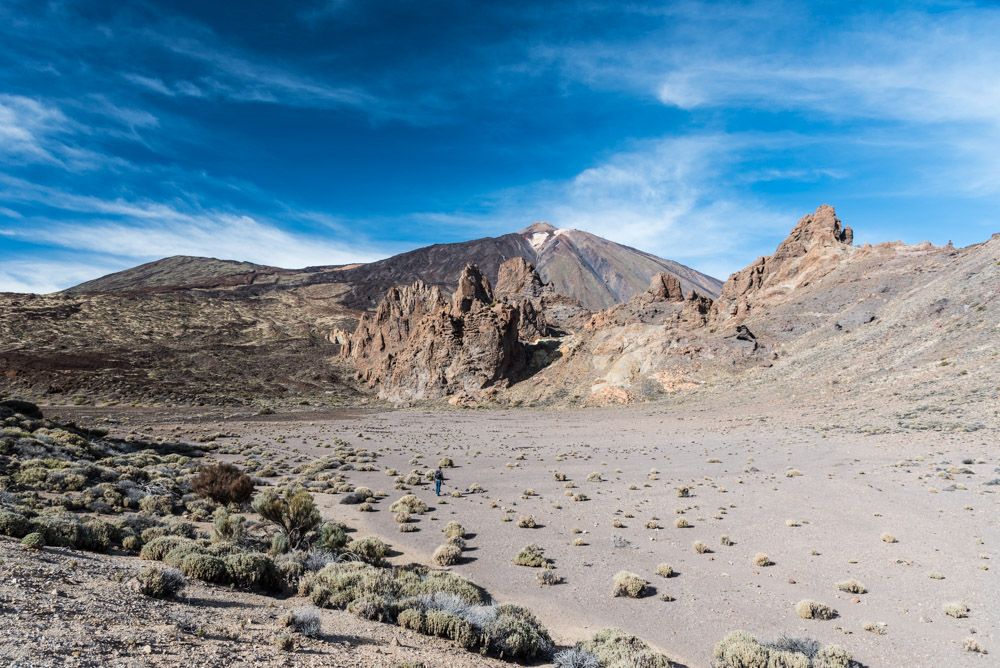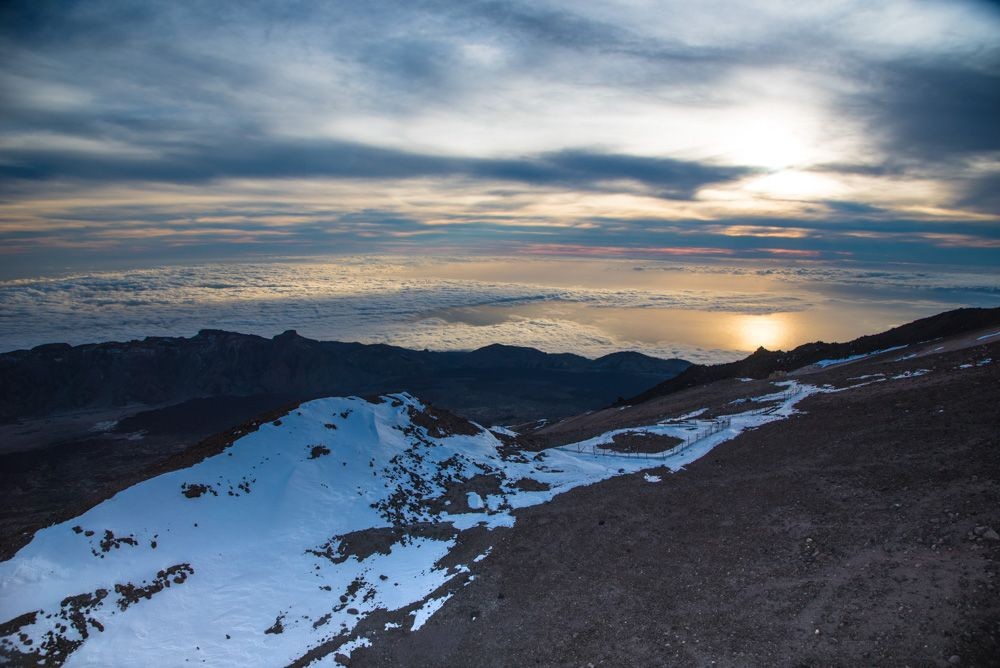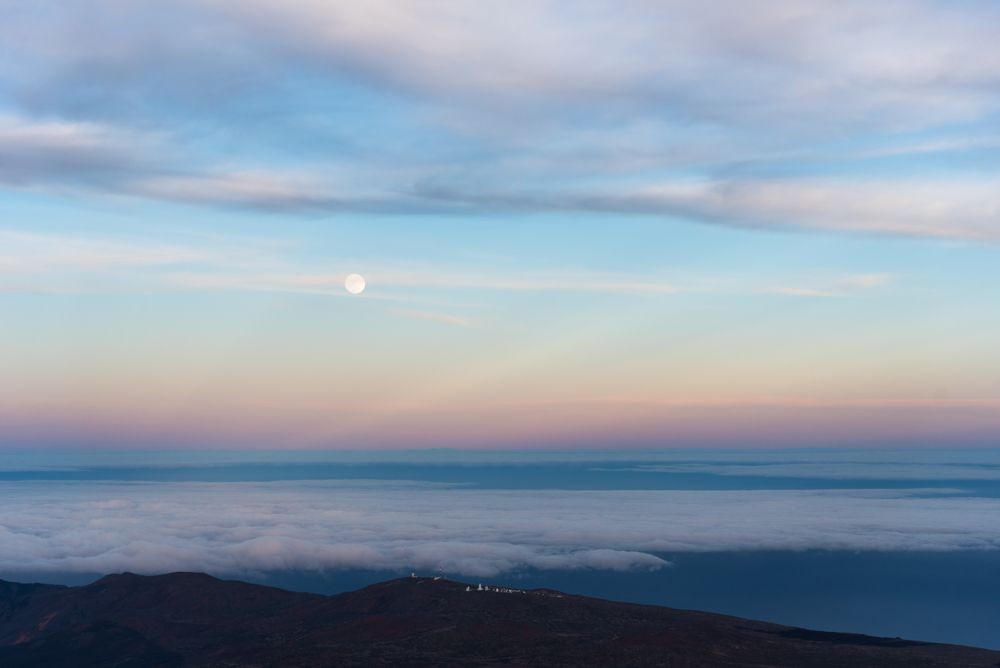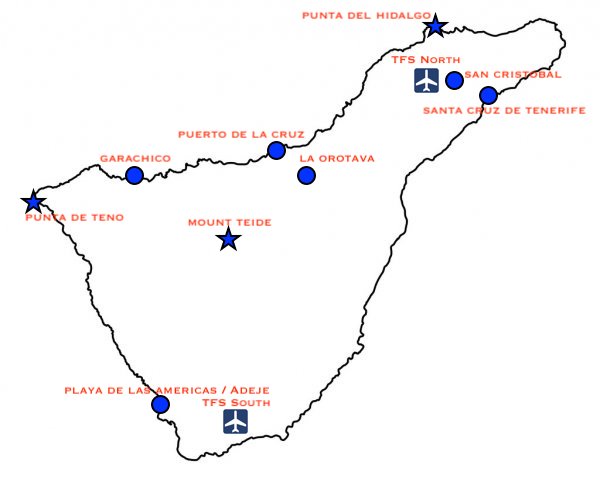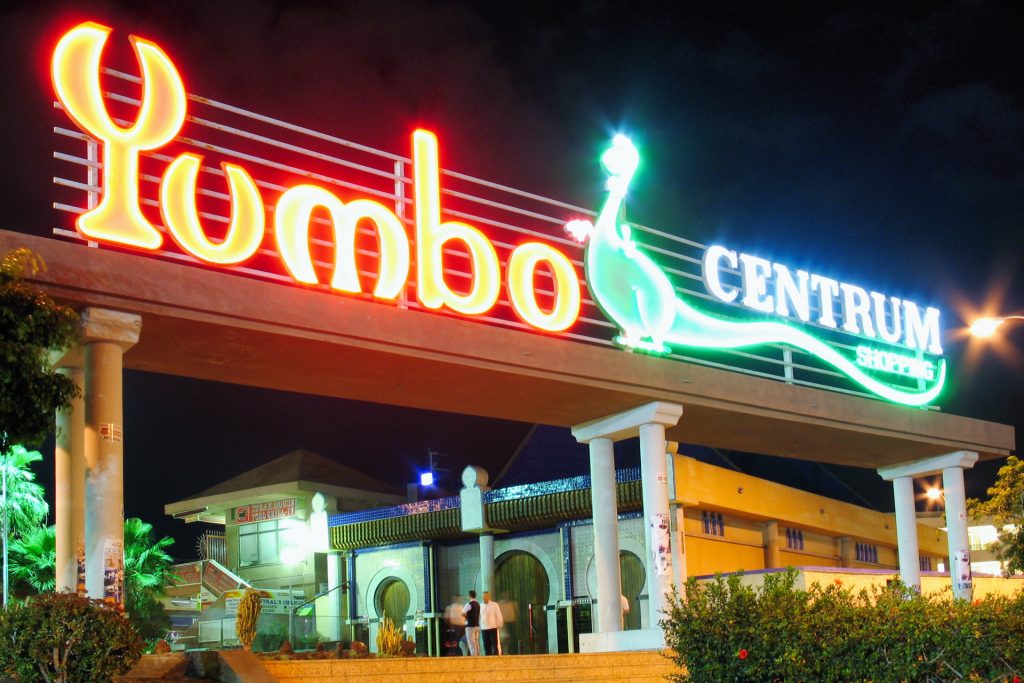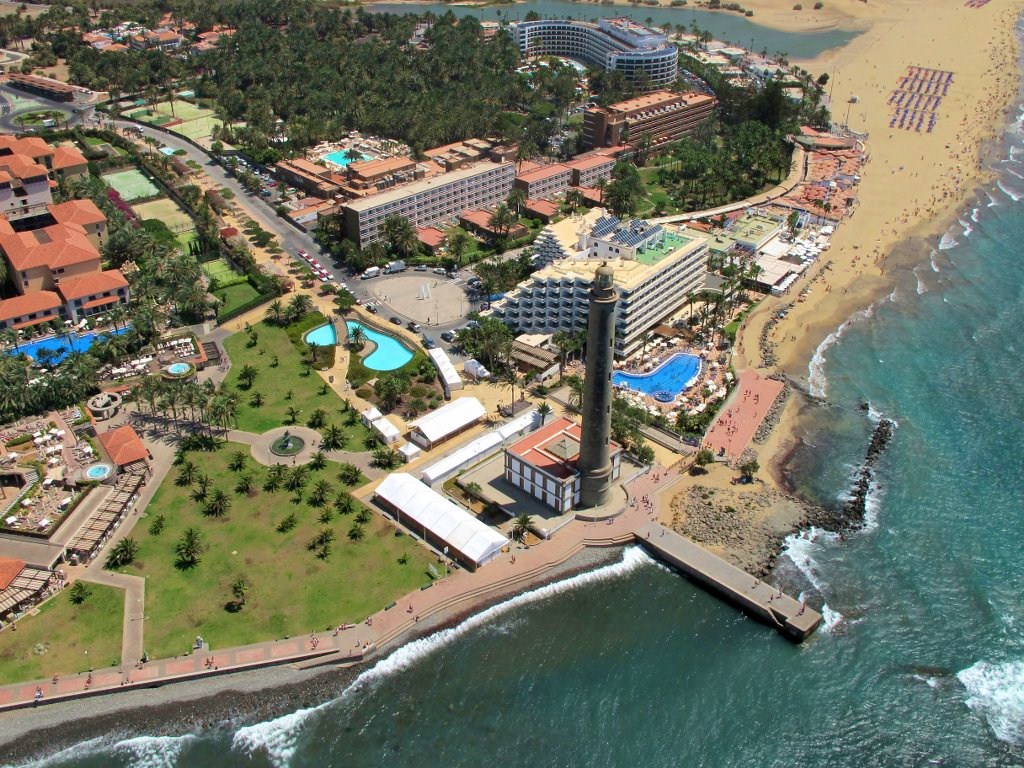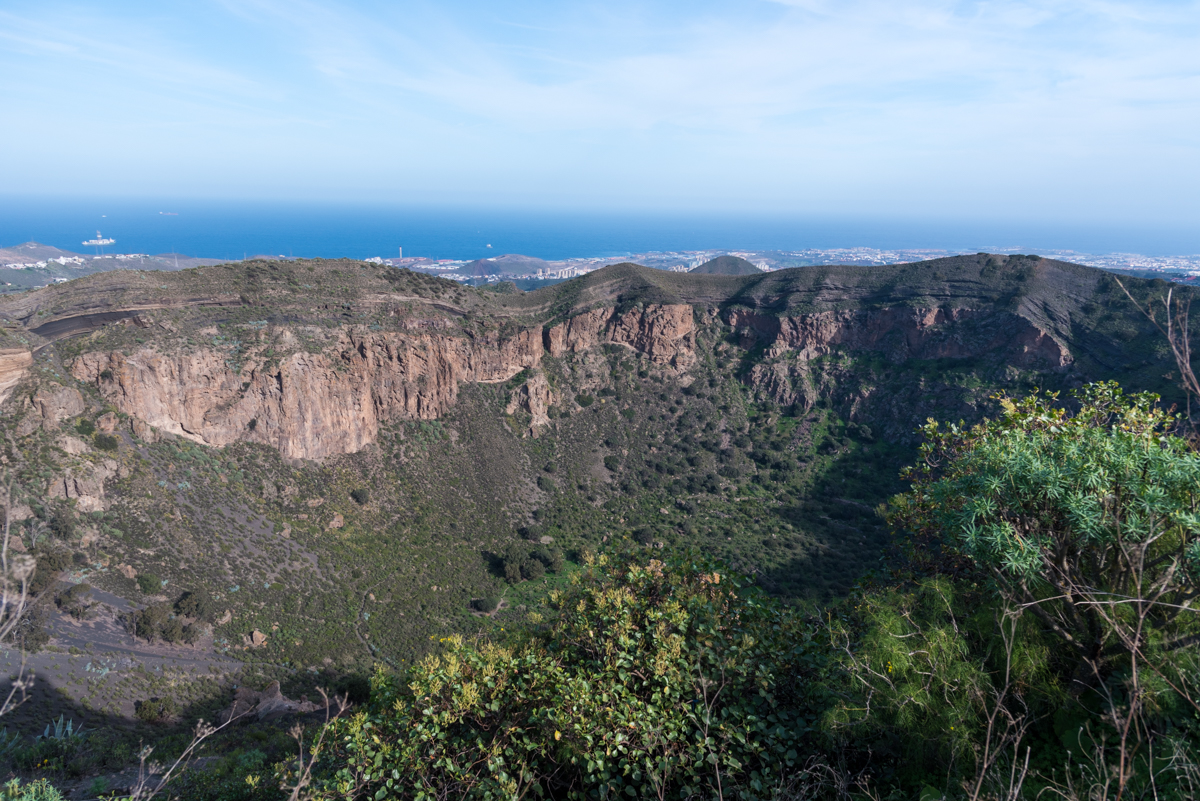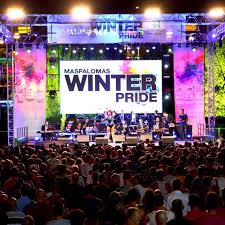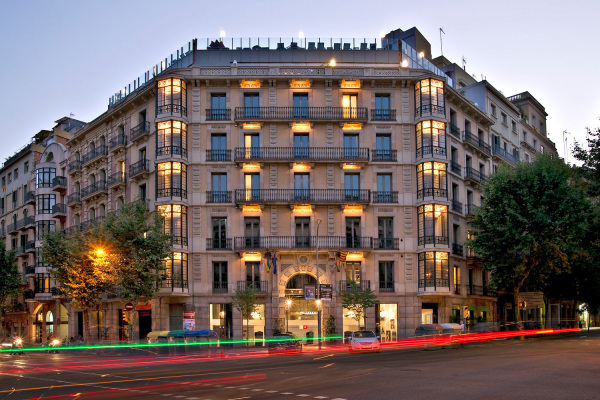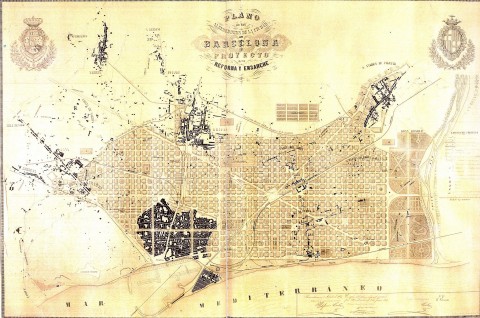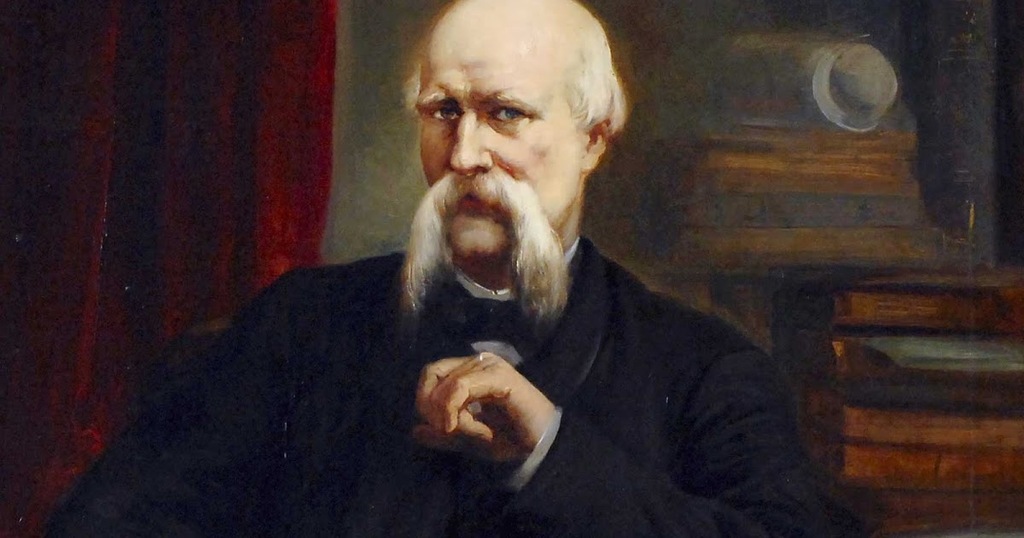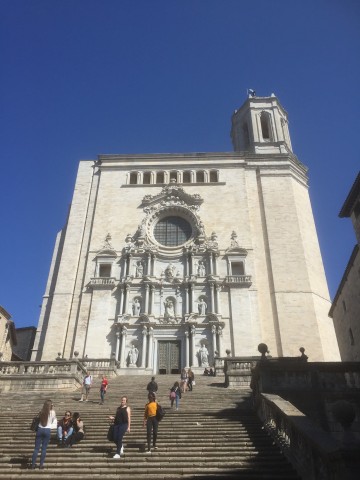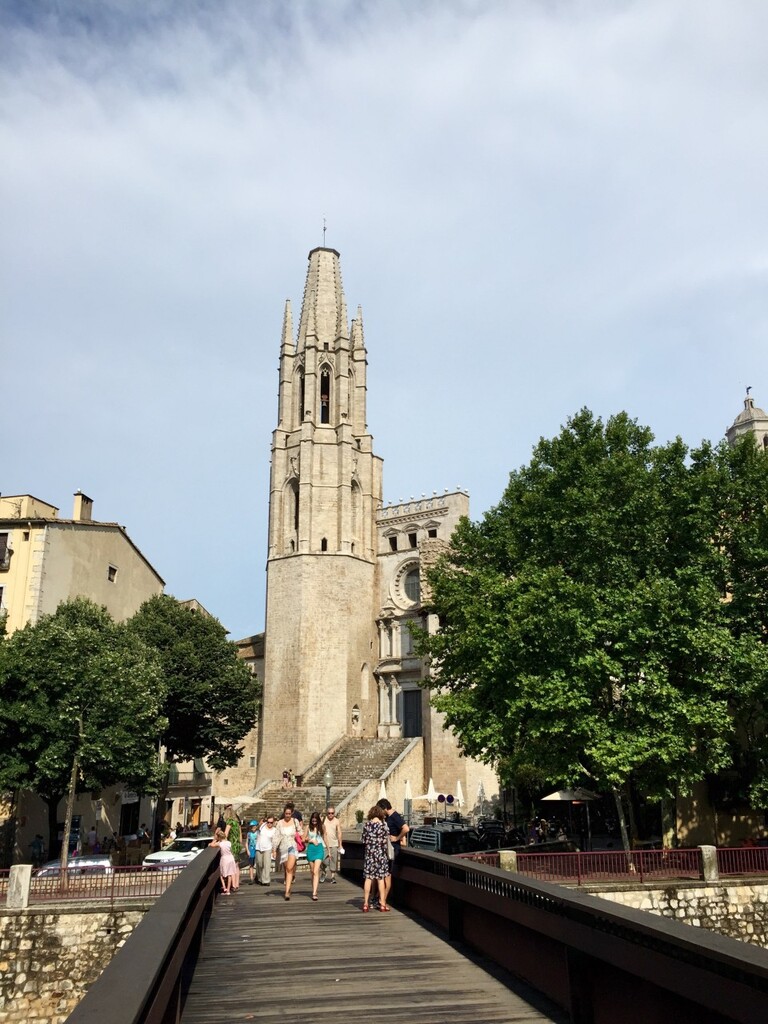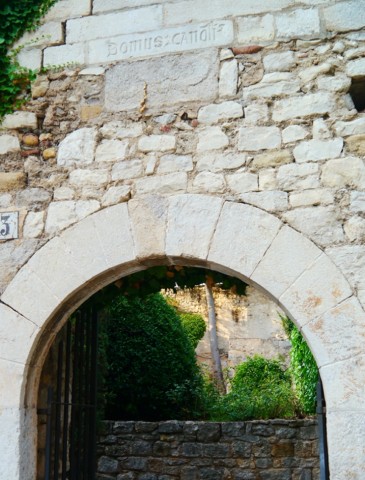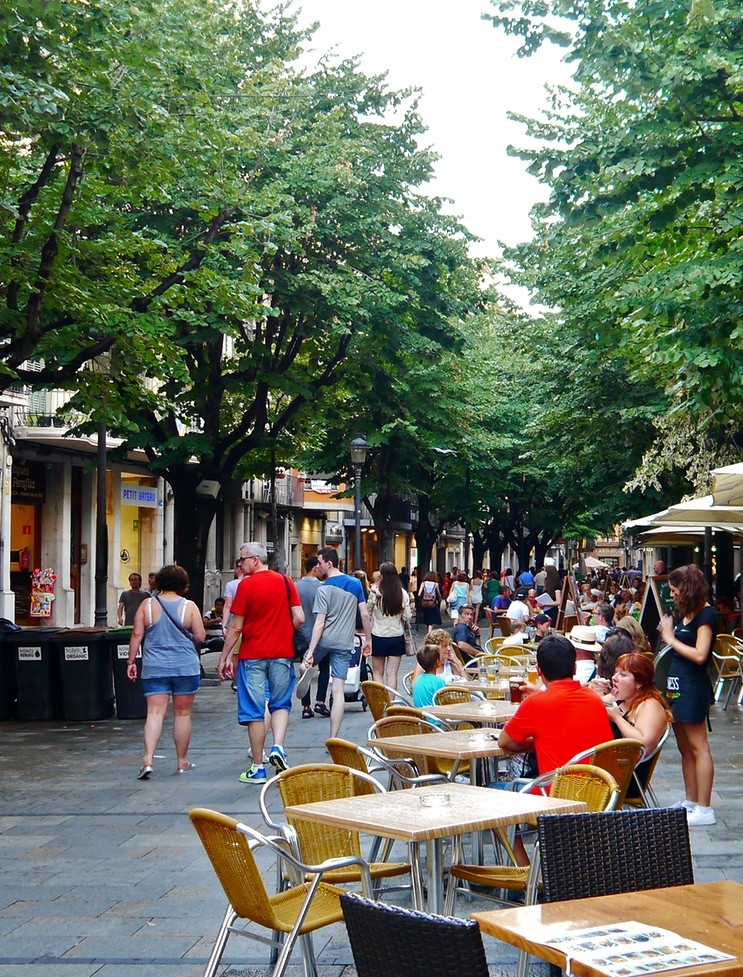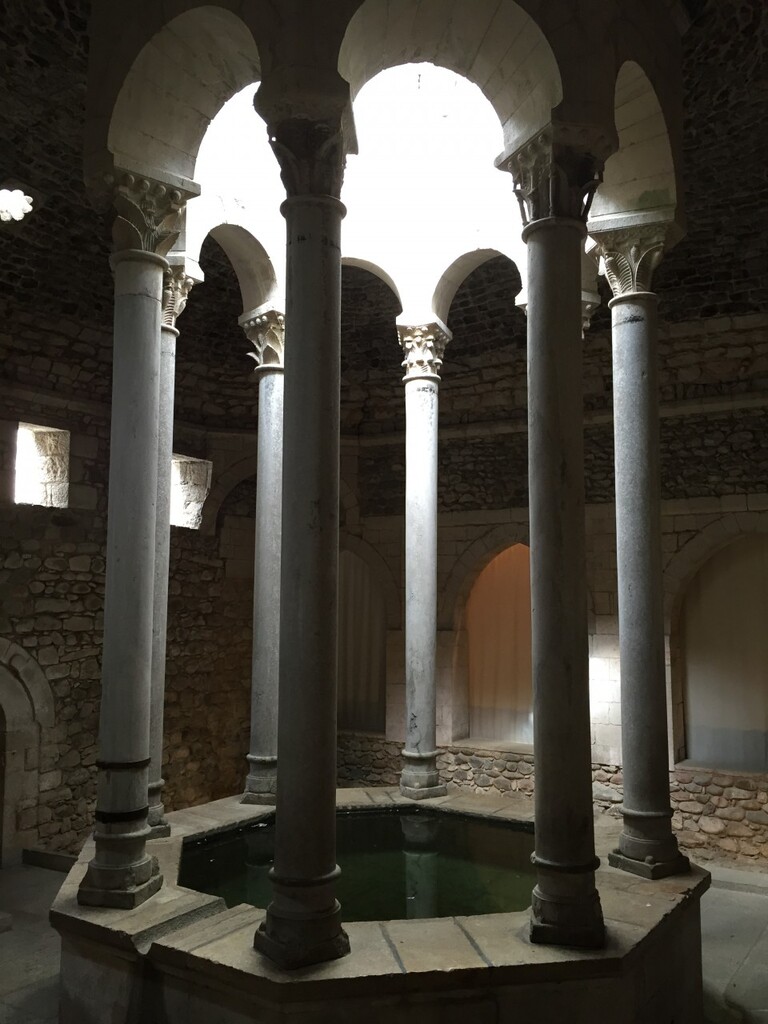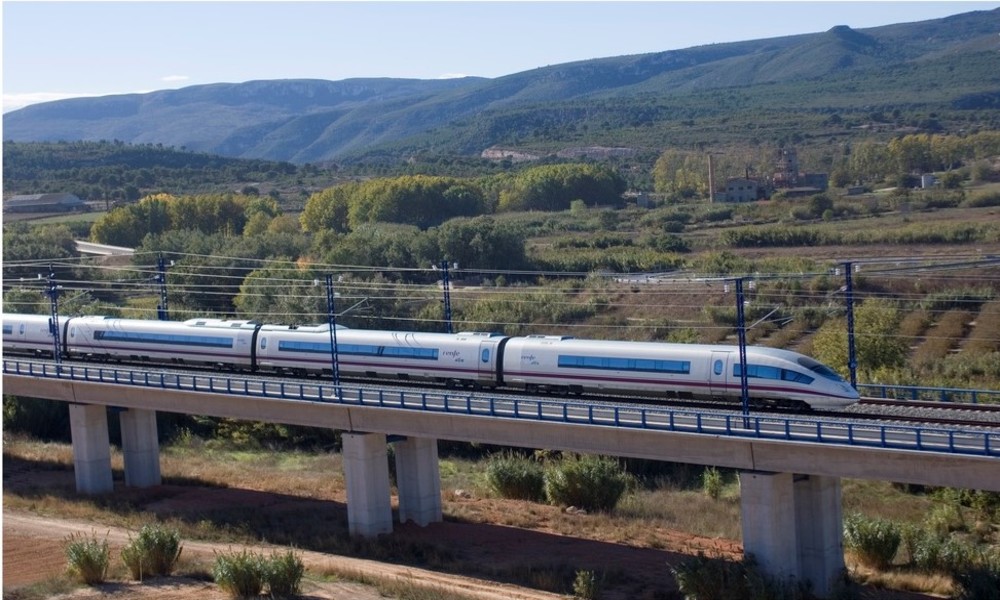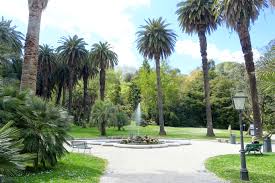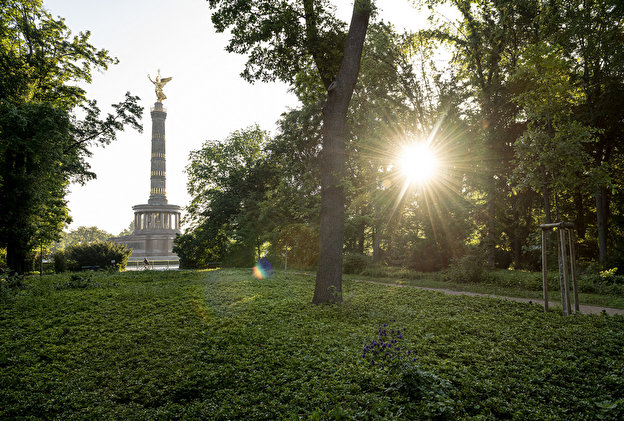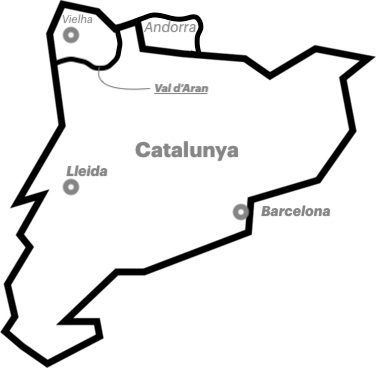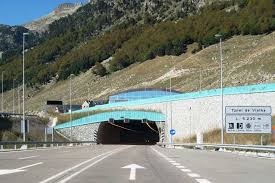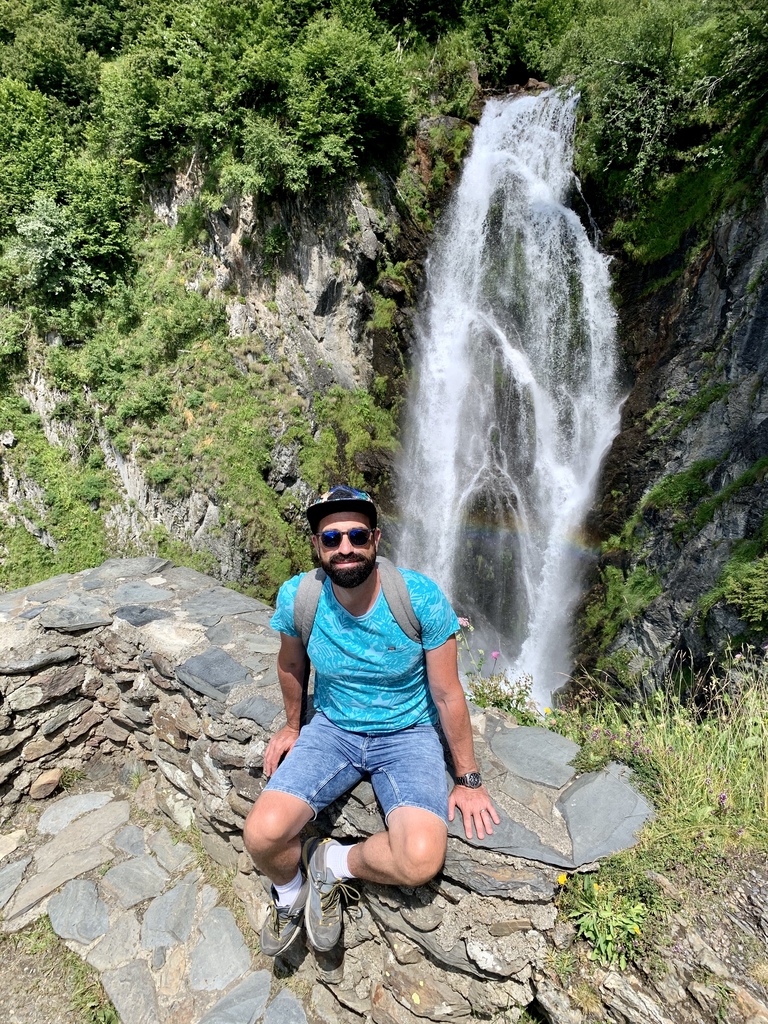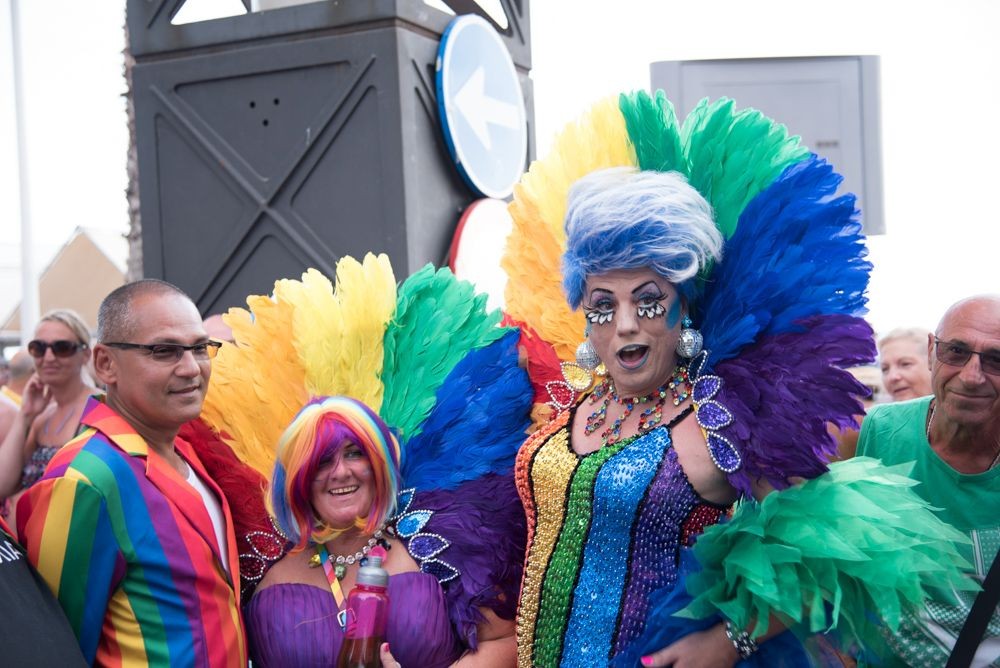Barcelona
Barcelona
The deep blue of the sea, the sun-drenched beaches, two thousand years of history, the spectacular architecture, the brilliance of Catalan creativity, a superb food & drink culture, bohemian bars, an unabashed and vibrant nightlife that never seems to stop. This is why Barcelona is so fascinating.
Since the fabled Olympics of 1992, this city has seen a regeneration like no others to become the undisputed capital of the Mediterranean, welcoming an astonishing 9m visitors each year. Not just that: Barcelona is also the true LGBT capital of Southern Europe, boasting innumerable venues for all tastes, world-famous dance parties like Circuit but most of all a friendly, inclusive and tolerant culture.

Photo Credit: Paul Lee-Maynard
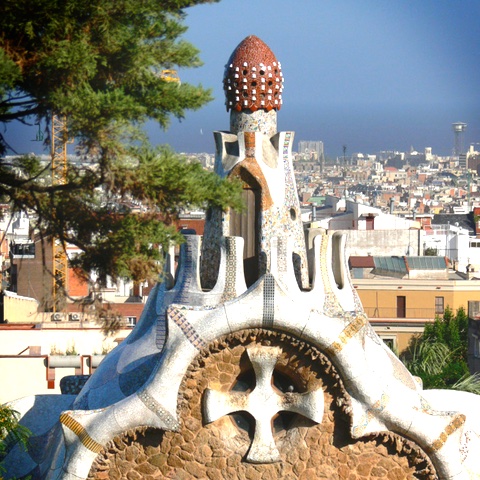
When to visit
Barcelona’s climate is typically Mediterranean, that is warm and dry from May throughout September and quite mild through the winter, despite some occasional wet spells. The sea has a beneficial effect on the climate, avoiding the extremes that Madrid - which is inland, sees both in winter and in summer. But even on hot summer days, Barcelona offers its visitors the benefit of having an attractive city centre beach, plus many others within close range to choose from.
Discover and enjoy...
If you have never been here before, make sure you don´t miss the main sightsAnd whether it´s your first time or you´re coming back again, we think you´ll enjoy these hot tipsor take that special vacation selfie
-
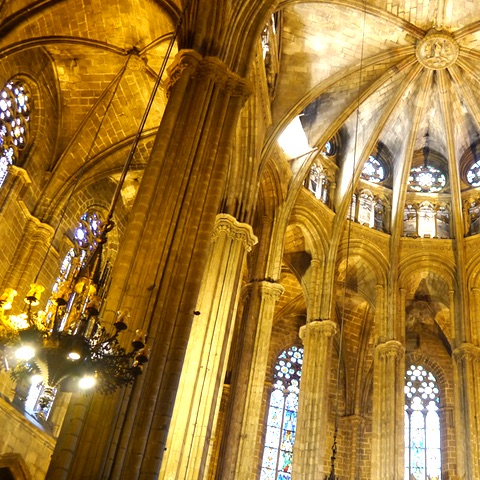
Unmissable Barcelona
If you travel to Barcelona for the first time, make sure you fit these iconic sights in your list of must-see
- The Sagrada Familia, the (still unfinished) masterpiece of Antoni Gaudí
- The historical Ramblas - Barcelona's favourite stroll
- The beatutful sea front promenade from Barceloneta to Playa de la Mar Bella - Barcelona's gay beach
- The beautiful noucentrista buildings and fashion shops of swanky Passeig de Gracia
- Montjuïc, Barcelona's green lung with its spectacular views over the city and the sea.
- The Tibidabo, with the Sagrat Cor Church, the colourful amusement park and amazing views over the city.
- Parc Guell, one of Gaudí's most ambitious creations
-

Discover Barcelona's 'Modernism'
At the end of the 19th century and the beginning of the 20th, amidst a time of huge social and economic changes, Barcelona embraces the Modernism, a artistic and architectural movement that in the Catalan capital sees the construction of many spectacular buildings, now a true symbol of Barcelona - the famous Sagrada Familia, of course, but also patrician homes like Casa Batllo, Casa Vicenc and La Pedrera (also by Gaudí) and all sorts of beautiful urban creations, from parks to lamps and even street pavings with their stunning natural themes.
-

Wander through Barcelona's ancient heart
Barcelona's historical heart is to be found in the Gothic and Born districts. This is where the original Roman city was located and you can still see the odd classical column peeking here and there. Until the 1800, when the city was expanded, this wall-encirled neighbourhood and its port were where all the action happened. Today this ancient part of the city is most known for the maze of small alleys, where you will find the beautiful Gothic churches, like Santa Maria del Pi and Santa Maria del Mar. But it's also a lively neighbourhood, with a plethora of bars, restaurants, artisan shops and the famous Boquería Market, where you will find (and taste) the most spectacular foods.
-
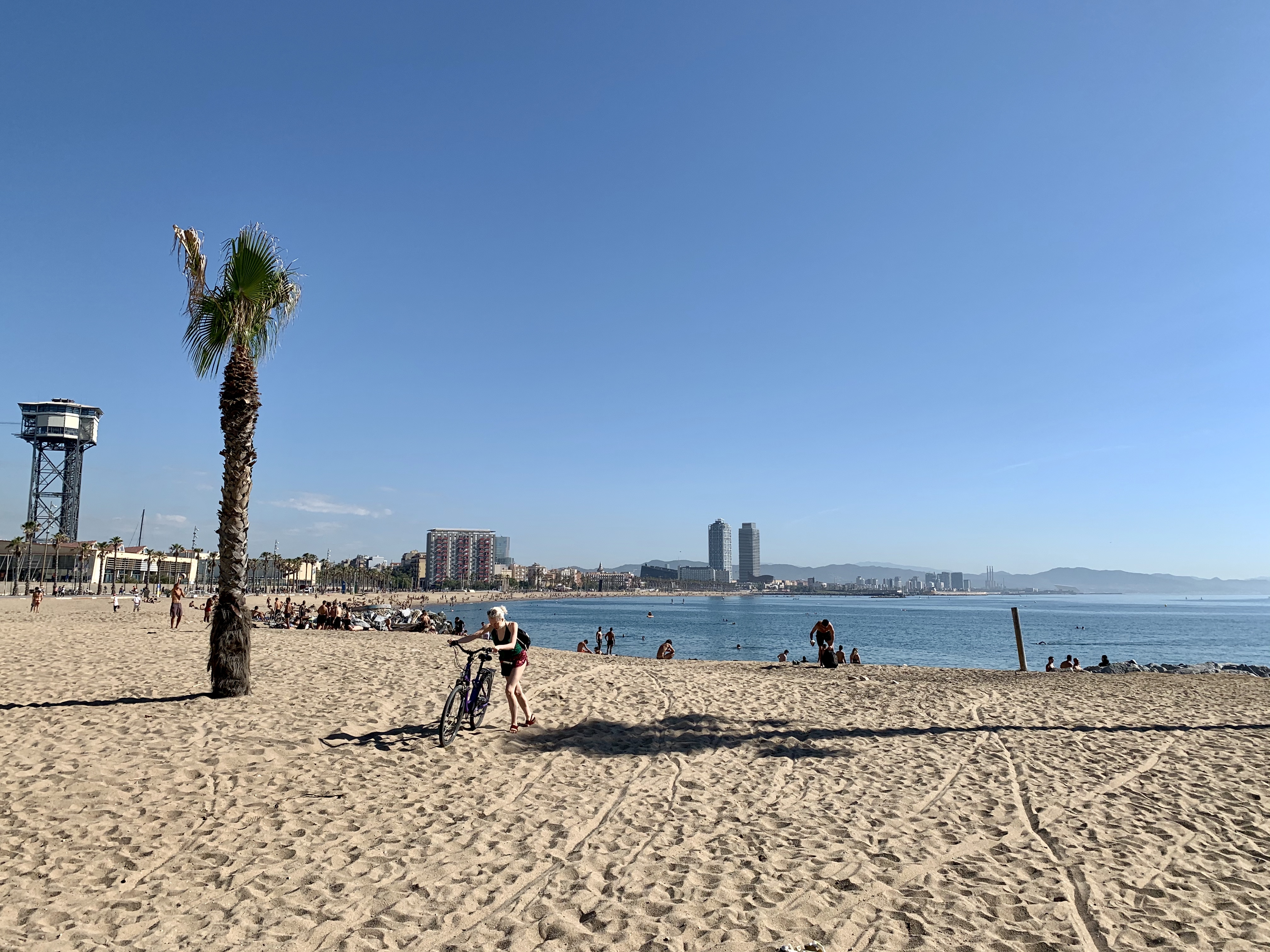
Enjoy Barcelona's beaches
Many visitors are unaware that Barcelona didn't have a proper and usable beach until the late 1980s. It was only then, with the grand reform of the city ahead of the 1992 Olympics, that the city was finally gifted with a long sandy beach, replacing polluting industries and shanti towns all the way from the port to the northern border with the city of Badalona. With the beach came one of the most well planned promenade where locals and tourists can walk and enjoy lovely views. The beach of Mar Bella, which also has a clothing optional section, is where all the gorgeous boys go to enjoy the summer sun and have a drink and a few tapas at the famous BeGay kiosk.
-

Explore Collserola, Barcelona's green lung
It's true that Barcelona doesn't have big parks in the city centre, but then on its fringes it has one of the largest urban parklands in the world. The Sierra de Collserola is a protected area 8 times larger than the Bois de Boulogne in Paris, and 22 times larger than Central Park in New York. This mountain range offers beautiful forests, natural springs and a number of spectacular walks along which you can enjoy some of the best views of the city from above. You will feel like being in pristine nature, when you're actually only minutes from the hustle and bustle of the city centre.
-
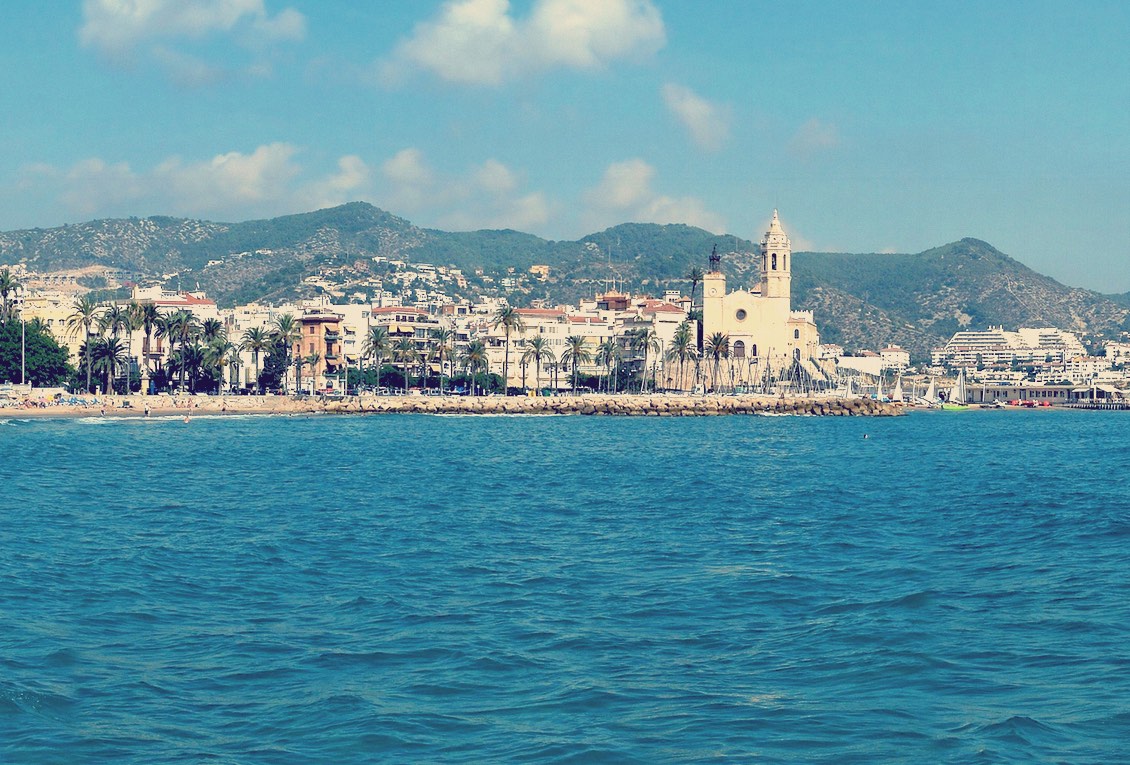
Visit Sitges, one of the world's leading LGBT+ destinations
For decades, Sitges has been one of the most popular LGBT+ destinations in the Mediterranean. Its whitewashed old town, punctuated by great resturants, vivacious bars and some of the finest gay friendly beaches in Catalonia are an irrestistible mix. At just 45 minutes by train from Barcelona, Sitges also offer an incredible list of events worth attending, from the world famous Carnival to its Pride, from its globally known Bear Week to the many sparkling local fiestas and the International Film Festival.
-
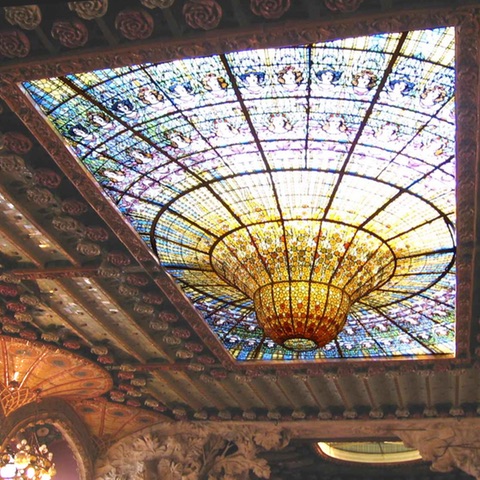
Attend a concert at the Palace of Catalan Music
The marvellous Palace of Catalan Music was designed in the Catalan Modernist style by the architect Lluís Domènech i Montaner and was built between 1905 and 1908. Located in the heart of the old city, its interiors are simply sparkling with natural themes and bright colours. It's an amazing experience to attend one of the many concerts in such a beautiful surrounding. The performances range from symphonic and chamber music to jazz and Catalan folk.
Gallery
Planes, trains and automobiles...
Barcelona’s main airport is situated 12 Km southwest of the city and close to the town of El Prat de Llobregat and it is therefore often referred to as ‘El Prat’, though it's actual name is Josep Tarradellas Airport (international code: BCN). There are two terminals: T2 (divided in 2A, 2B and 2C) is the original terminal building and now houses mainly low-cost carriers. T1 was opened in 2009 and is home to the main airlines, including Iberia and BA.
There are different ways to get to and from the airport: train line R2 departs every 30 minutes from a station opposite T2 and stops at Barcelona Sants and then continue to centrally located Passeig de Gracia and beyond. However if you’re travelling to/from T1 you need to take a (free) shuttle bus to T2, so can be quite inconvenient if travelling with luggage. Recently, the line 9 of the Metro has been extended to T1 and T2, connecting with other lines of the Metro service in various points. There is also the AeroBus from outside both terminals, which actually is very frequent (every 5 minutes) and also very convenient as it stops in Plaza de España, Carrer Sepulveda and then Plaza Catalunya. The whole journey takes about 30 minutes, in normal traffic.
It may seem surprising but Barcelona is actually quite a walkable city and the fact that a lot of it follows a strict grid pattern makes things somewhat easy. Besides, by walking you will see an awful lot of details you would not otherwise, such as the stunning details of the Modernist buildings in the Eixample.
If you do need to use public transport, then Barcelona has an extensive network of Metro (9 lines), Urban Rail (Rodalies), buses and even funiculars and cable cars.
The best way to get around if you’re planning to use public transport frequently during your stay is to buy a Hola! smart-card. It comes in different durations (2,3,4,5 days) and allows unlimited travel on metro, bus, urban railway (within Zone 1), tram, the Montjuïc funicular and the regional rail network (within Zone 1) and also includes travel between the city and the airport. The card can be purchased online and then collected at the machines using the online voucher.
Useful links
-
TMB, Barcelona's Transport Operator
-
Rodalies - Catalan Railways
-
AeroBus - Airport Link
-
El Prat - Josep Tarradellas Airport
The Scene
Barcelona has its own gay quarter, the Eixample - dubbed ‘Gaixample’ due to its abundance of LGBT venues and businesses. However overall this is a very gay-friendly city and there are some friendly bars also in other parts of the city centre.
-
41.3870154,2.1700471
Plaza Catalunya
-
41.4036299,2.1743558
Sagrada Familia
-
41.3917,2.164918
Casa Batlló
-
41.3986632,2.2122102
Mar Bella beach
Gay friendly and clothing optional
